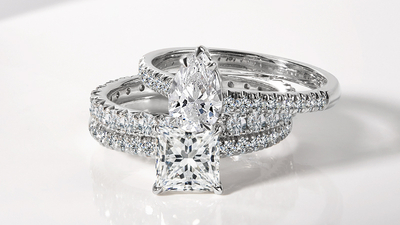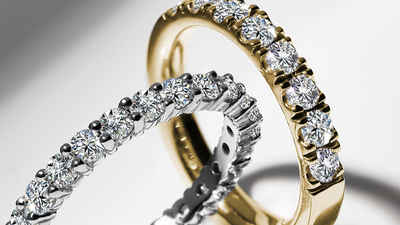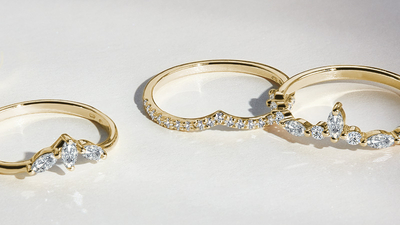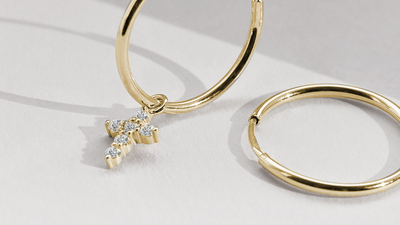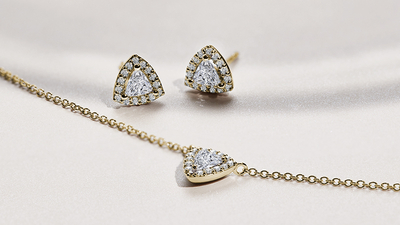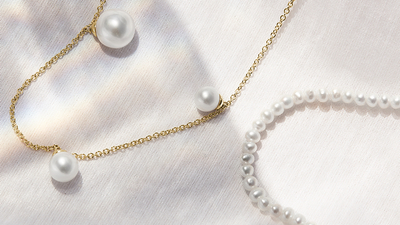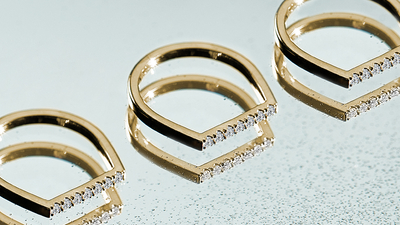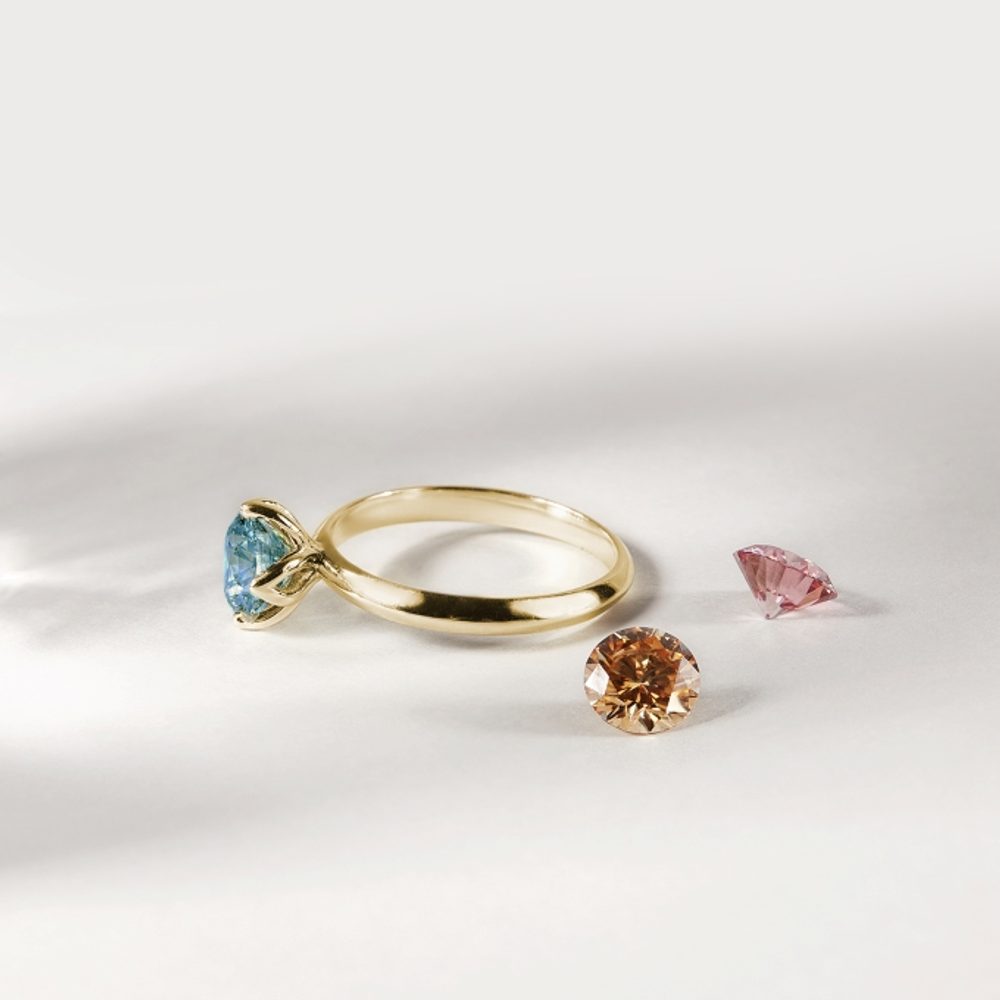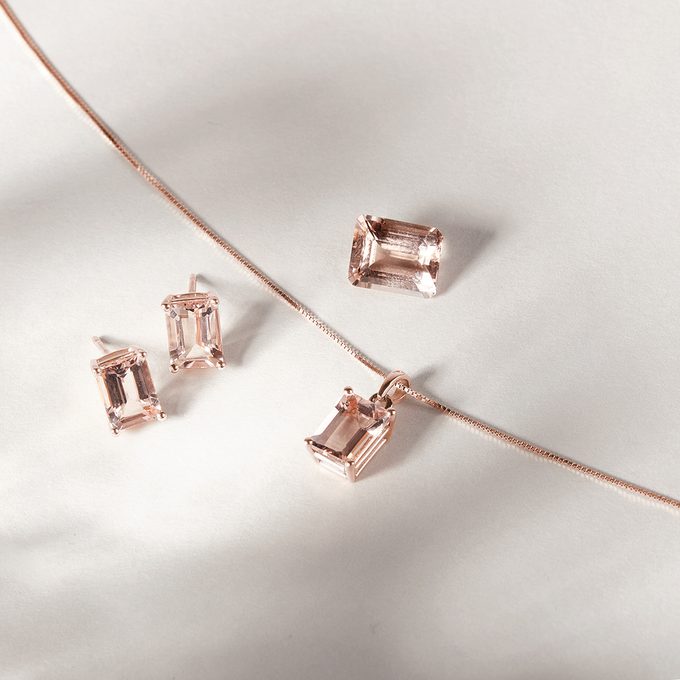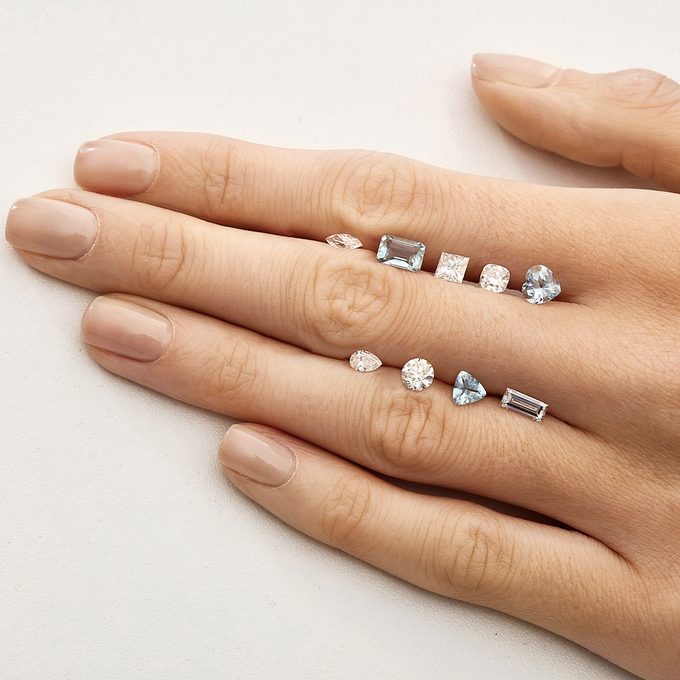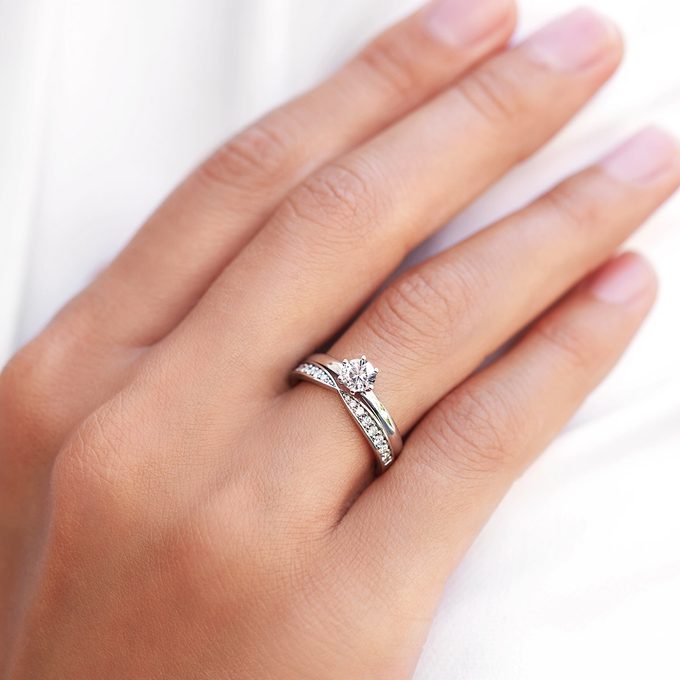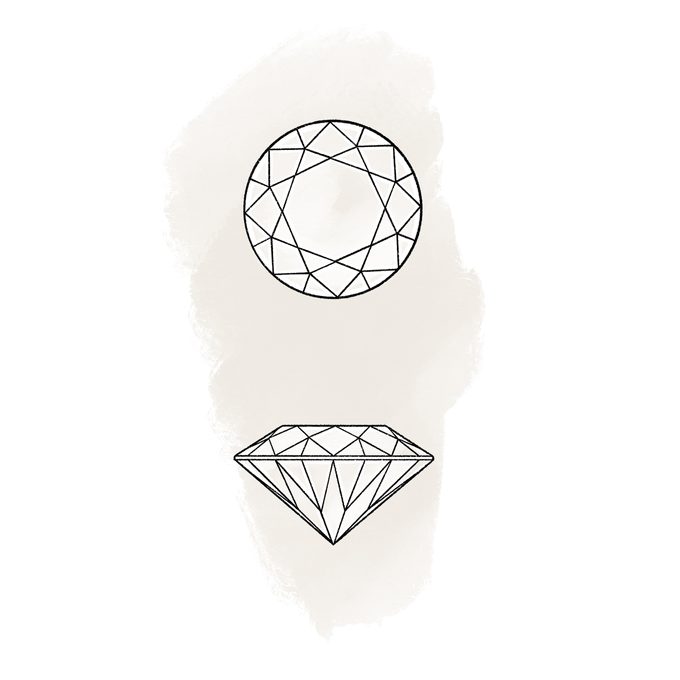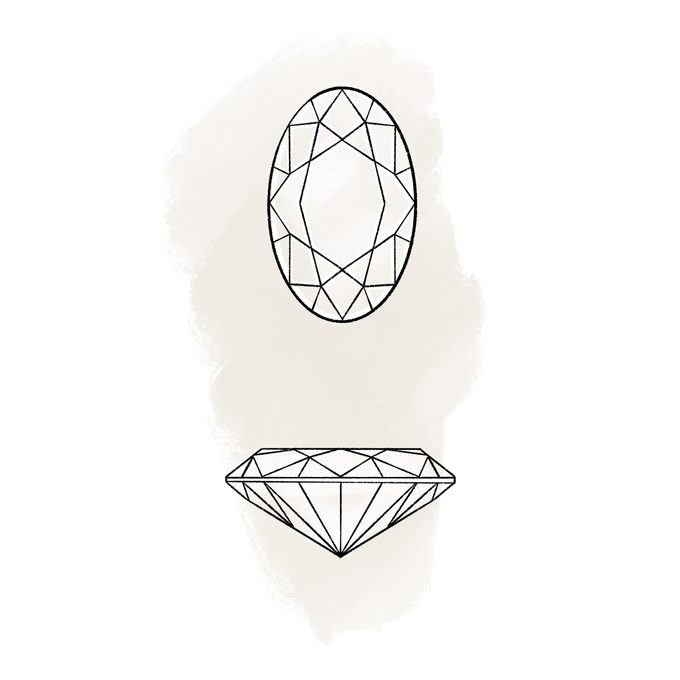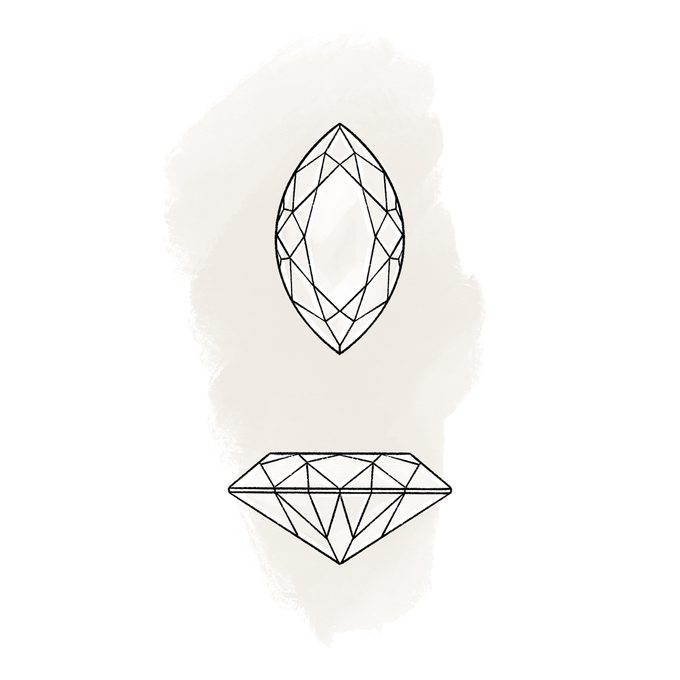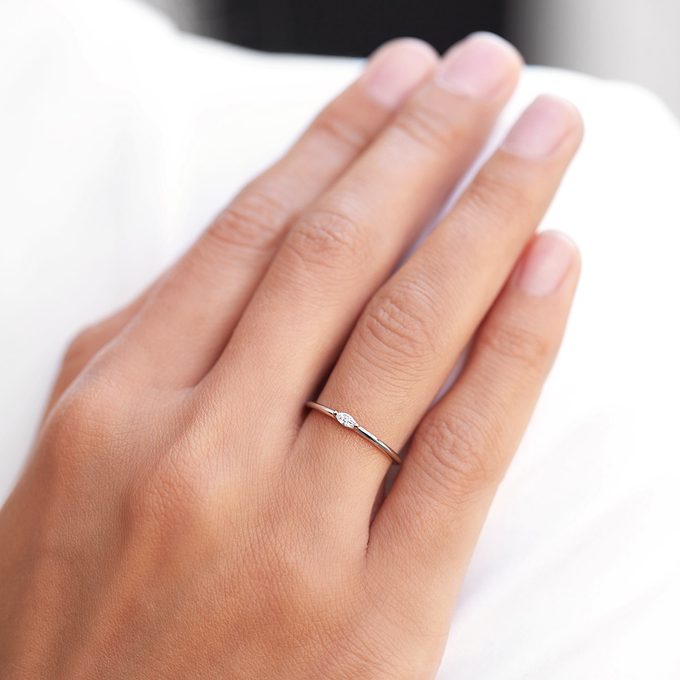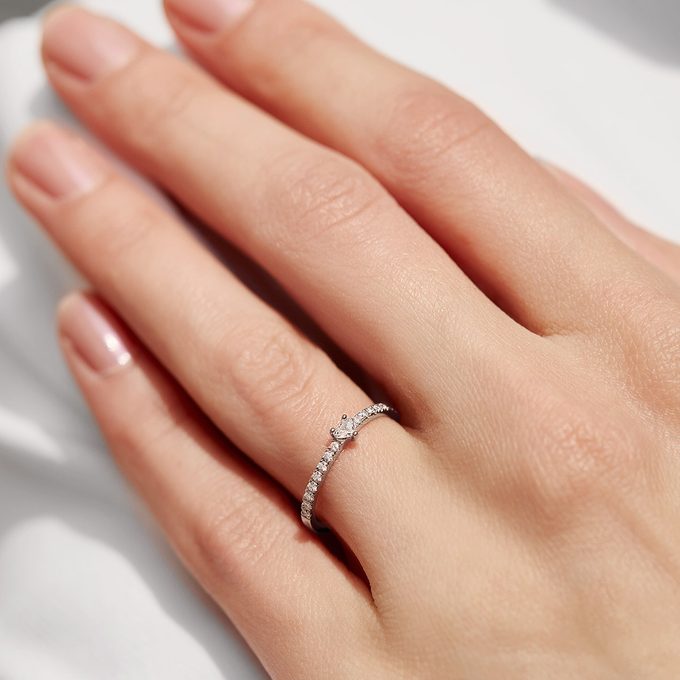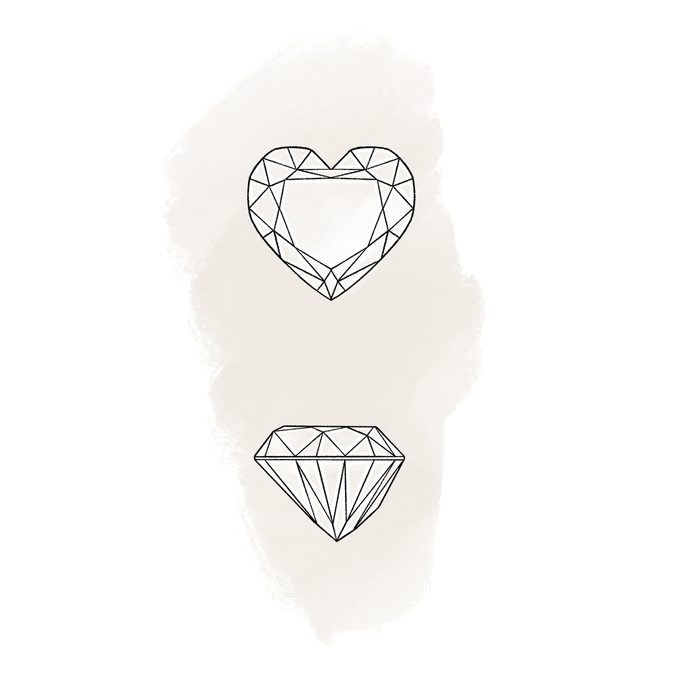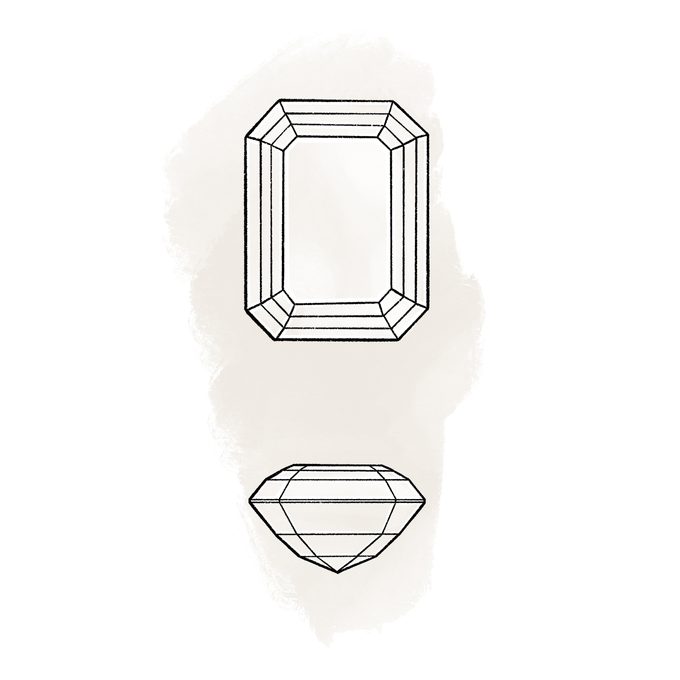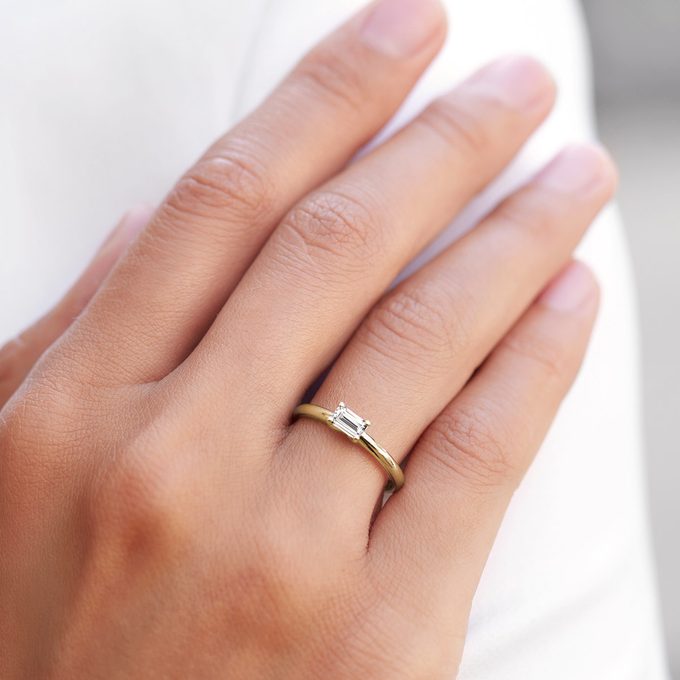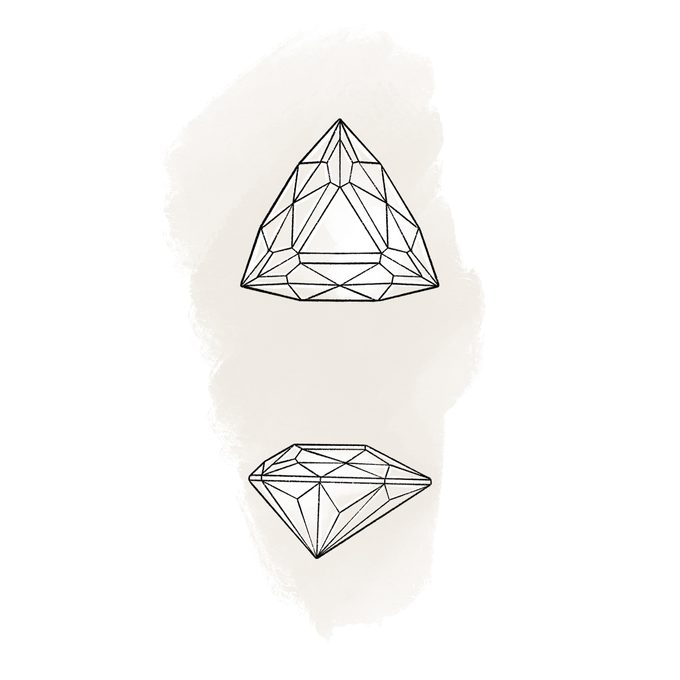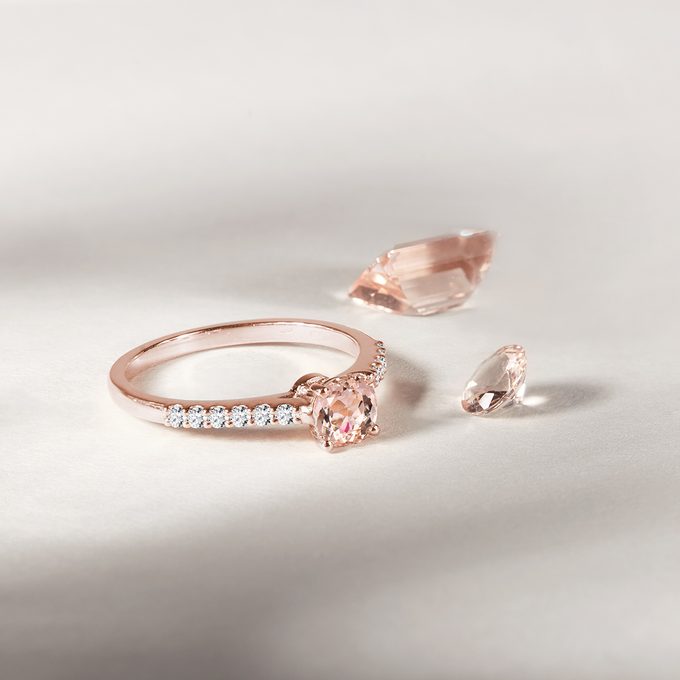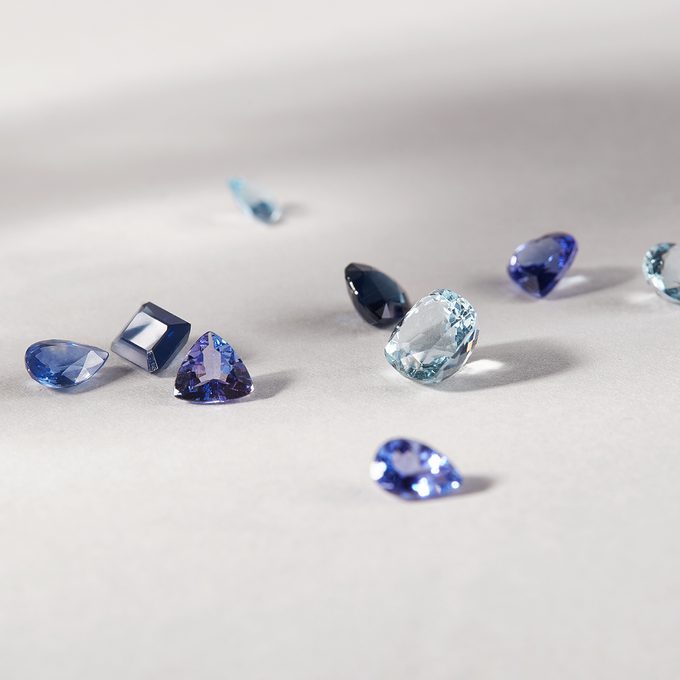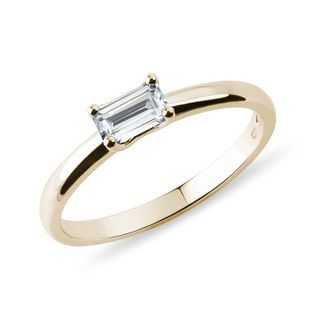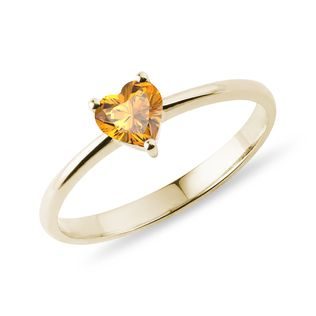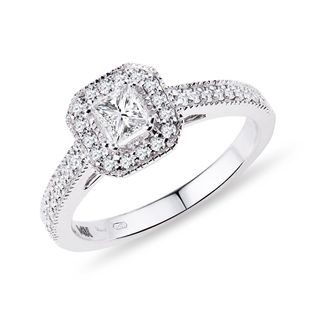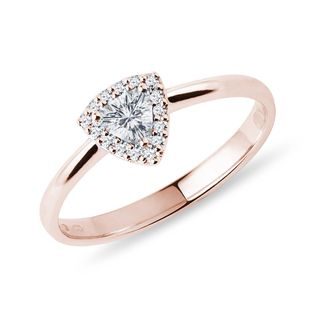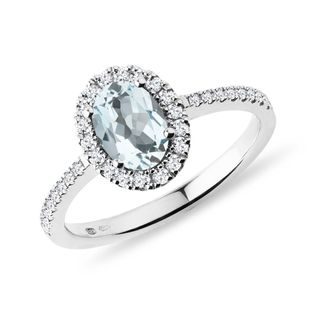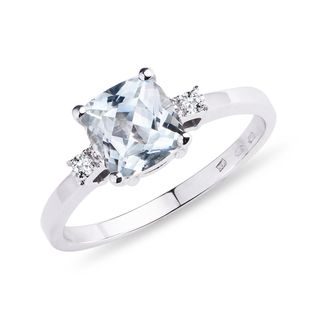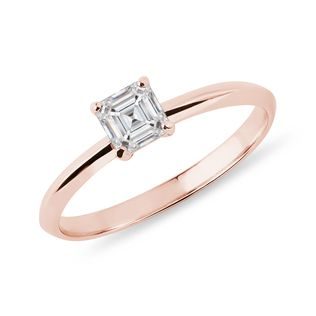Cutting and polishing gemstones into different shapes has its origins in the distant past. It is thanks to this craft that the true color and sparkle of stones can shine through. A cutter must consider many factors and apply advanced knowledge of mineralogy before deciding how to cut and polish a stone. Shape and cut are not the same thing, even though the two terms are often confused by the general public. In this article, we'll give you an overview of the shapes and cuts you may come across when buying a piece of jewelry with a gemstone and what makes them distinct.
The difference between shape and cut
The shape of a stone is visible when viewed from above. It tends to be one of the most important parameters when choosing a piece of jewelry.
The cut determines how the entire surface of the stone is treated. It is defined by the number and relative position of the facets, including the angles they are made at. The cut also influences how intensely the stone shines and sparkles when exposed to light. We have already covered the topic of stone cutting in more detail in the article "Gemstone cutting: an exact craft with a tradition”.
Shape and cut are therefore two different things when it comes to gemstones, but one cannot exist without the other. Let’s explain this with the example of a round shape. This shape could include for instance a cabochon, a brilliant cut, or a rosette cut among others. While a cabochon is convex and has a flat base, the brilliant and rosette are both cut with strictly defined facets in terms of not just number but also the position. Individual cuts can sometimes have the same name as the shape they make.
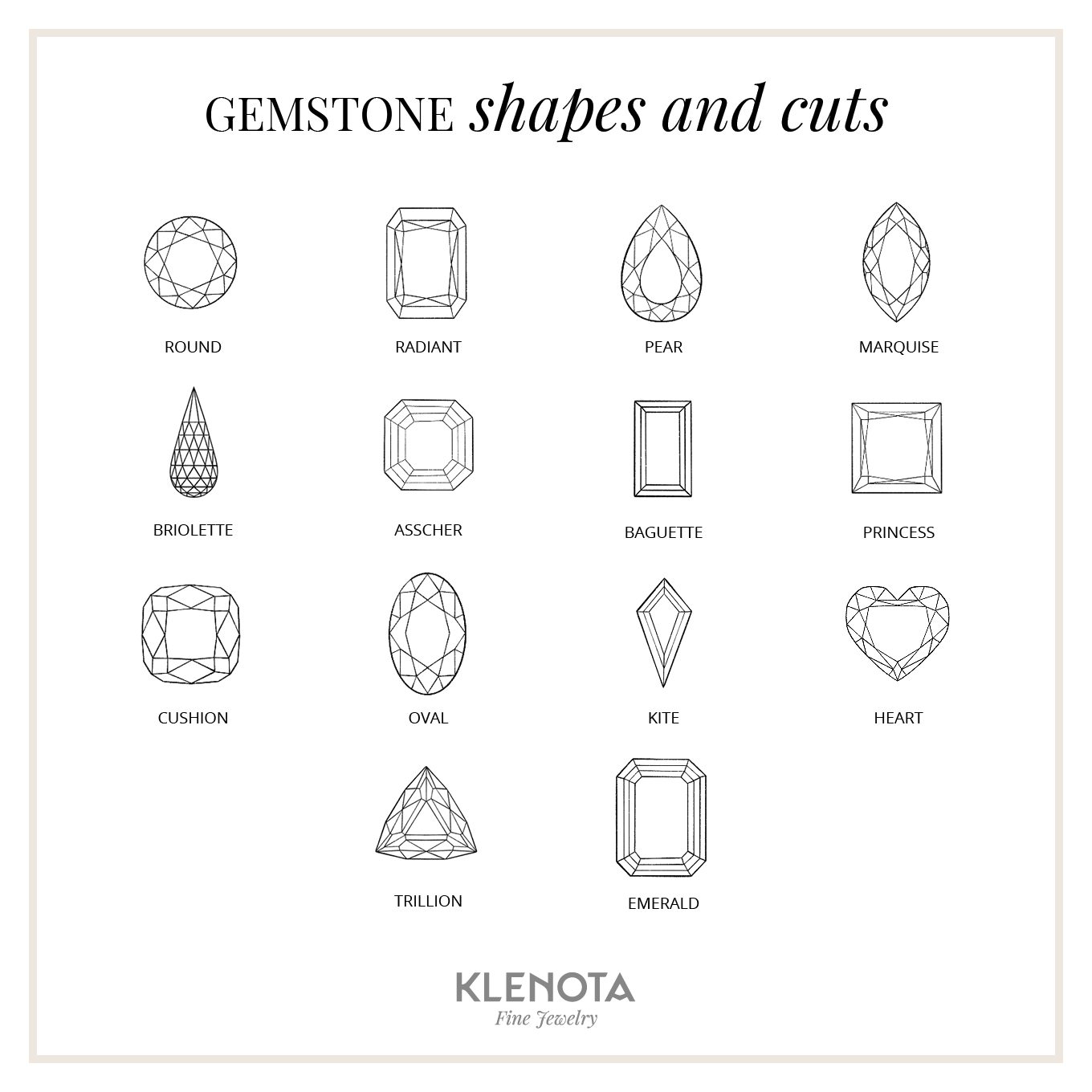
Gemstone shapes
The basic shapes include the round, oval, teardrop (also called drop, pear or Pendeloque), the marquise (also known as navette or boat-shaped), the heart, square cushion, rectangular cushion, baguette, Carré, rectangular octagon, square octagon, rectangle, triangle, trillion, the bevelled baguette and fantasy shapes. All these shapes are in use when it comes to diamonds so let's take a closer look at them.
The round shape
The most typical representative of the round shape is the brilliant cut diamond. Although its history dates back to the 17th century, it was introduced in an improved version in 1919 by the mathematician Marcel Tolkowsky, who defined the exact proportions and angles of each facet in order to obtain the best possible combination of internal fire and sparkle. We have dedicated a separate article to the brilliant cut on our blog where you can learn more about its anatomy and properties. However the rosette or rose cut which is seen mainly in antique jewelry is also round. The tradition of this cut is really long as it first came into use in the Middle Ages. The entire crown is covered with diamond-shaped facets called rosettes.
The oval shape
The oval shape has one great advantage. Gemstone cutters can use it to optimise carat weight since it looks larger than a round cut stone with the same weight. It is often chosen for the central gemstones of rings as it can visually lengthen and slim the fingers. The oval cut usually has 58 facets.
The cushion cut
This is a square or rectangular shape cut with rounded sides and corners. It may have large facets that separate white light from spectral colors well. This allows more light to scatter inside the stone and can better hide any imperfections.
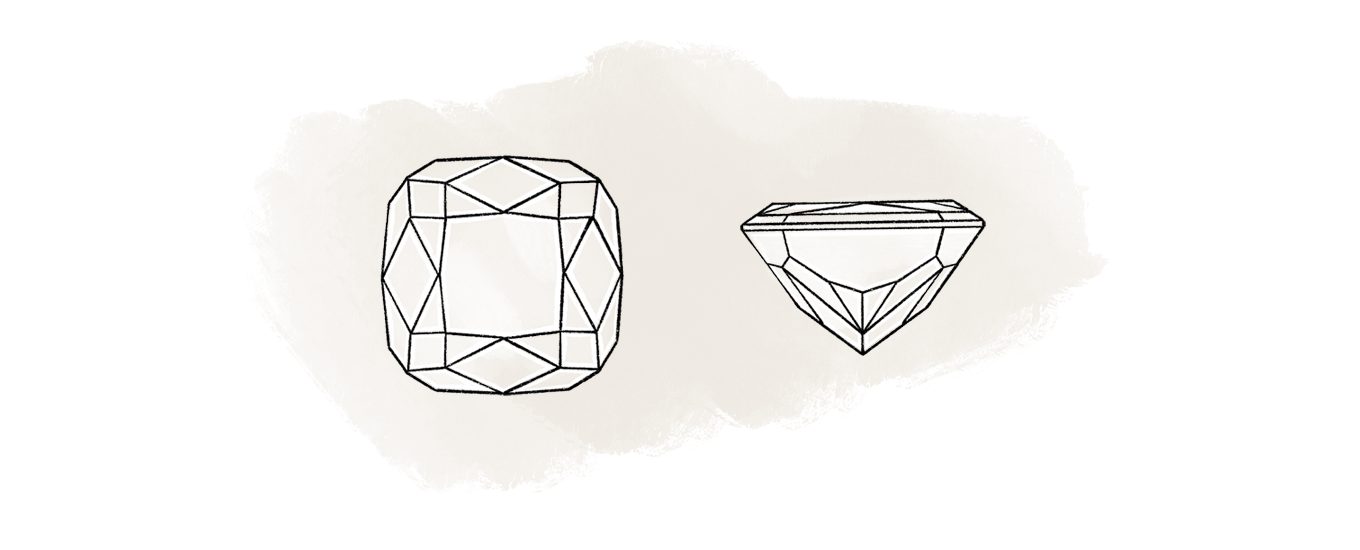
The teardrop (or pear)
The teardrop is an interesting type of cut that looks very feminine, especially on necklaces. Some teardrops are cut into what is known as a French tip, where the main facet of the crown is replaced by a star made up of a number of smaller facets. Some teardrops on the other hand have high shoulders which makes them more angular. Unfortunately, this shape often displays a bow tie effect, where black areas resembling the shape of a man's bow tie can be seen inside the stone. This effect also occurs in a marquise or oval cut and can be reduced with skillful cutting.
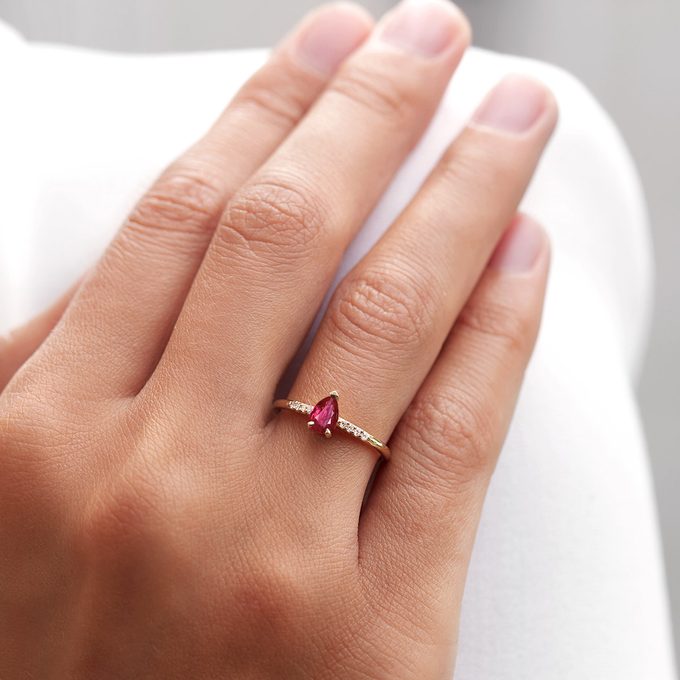 |
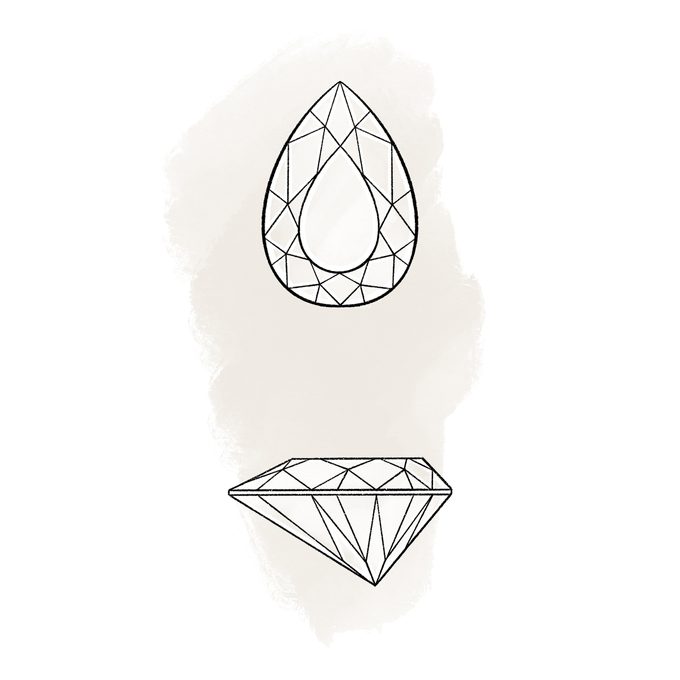 |
A notable cut of this shape is the lesser-known briolette, which has its roots in India. It is a mineral cut in the shape of a pear with facets all around. It achieves its best effect in pendants and earrings where it can hang freely. Properly it should be cut into 84 facets.
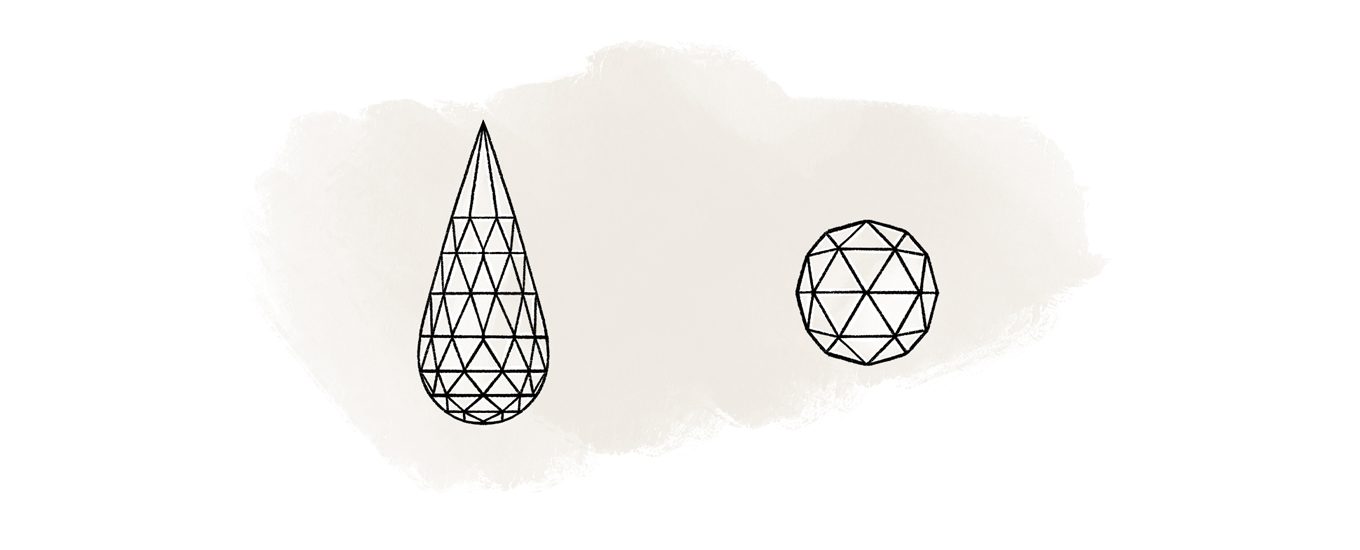
The marquise
The marquise shape is not so common and perhaps that’s why it is so attractive. To increase the lustre, cutting it into a French tip can also be adopted here. Some see it as an elongated and pointed equivalent of a brilliant cut. The marquise has 57 or 58 facets.
The square (Carre)
The Carre is a shape that allows for very interesting cuts. It is the most natural cut for diamonds due to the shape of their crystals, but it can be a bit of a challenge for faceters. The most famous and groundbreaking cut of this shape is the princess cut, which is basically a brilliant cut adapted for a square shape. It usually has 58 facets. Its predecessor is the Barion, which made use of triangular shapes. It was patented by Basil Watermeyer from Johannesburg and it took some time before it could be further modernised. Relatively soon after the expiration of the rights, a new groundbreaking princess cut was created which has recently become a trend, especially in engagement and wedding rings. Its characteristics are a high degree of brilliance and very good fire as compared to the classic square cut. Moreover, it hides any imperfections and yellow coloring better. A sufficient stone depth is a prerequisite for a good princess cut.
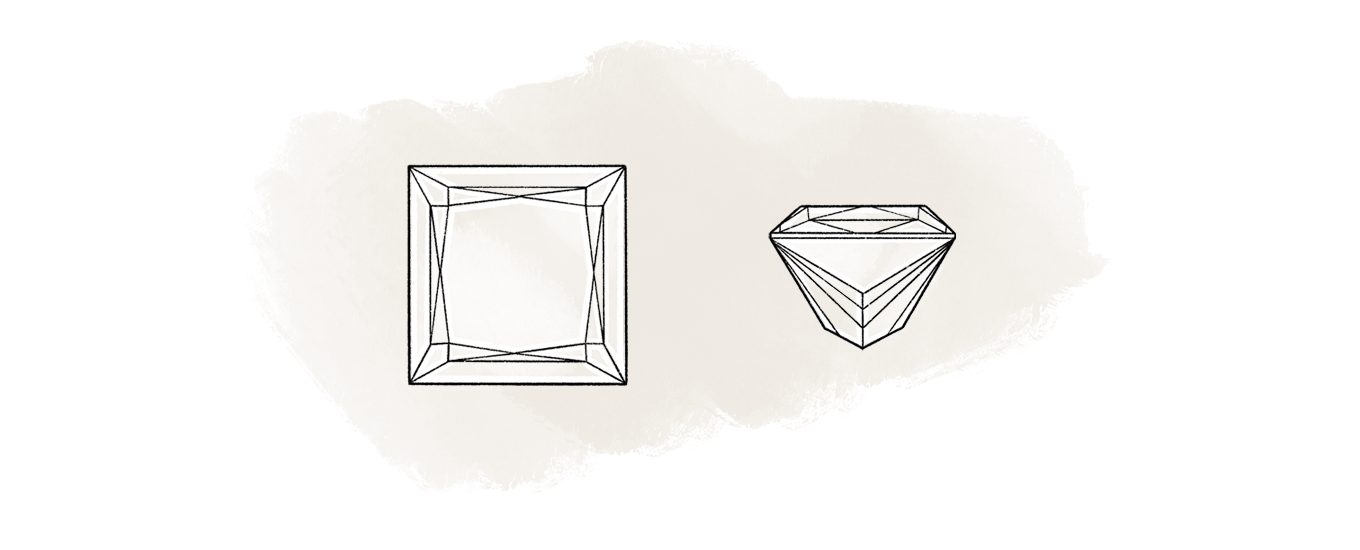
The heart
The heart is a romantic shape that says it all. As with a teardrop or marquise, a French tip can be cut here which greatly increases its lustre. The cutter will opt for this shape when the weight of the stone needs to be preserved as much as possible or in the case of minor internal imperfections that can be removed by cutting out a wider section. The heart can be wide or narrow, with a shallow or deep section cut out and it can also have varying depths. Cutters have a free hand in this case. Even the optical properties can vary greatly, and therefore a balance often has to be struck between shape and the benefits of brilliance and color enhancement. It most often has 56-59 facets.
The octagon
The octagon is an interesting shape that can be square or rectangular. Both shapes have cuts that are worth mentioning. The first is a rectangular step cut called emerald. It was one of the first to be used in the jewelry trade. As the name suggests, it is very popular with emeralds.
Another one is the radiant cut, which combines the best of the princess and emerald cuts. The Asscher cut is also a representative of the square octagon and is renowned for its optical properties and exceptional prismatic brilliance. The optical effect known as the hall of mirrors can be observed in it.
The baguette
The baguette is a shape ideal for stones that are flat and long in their rough state. It is a very economical cut with only 14 facets, resulting in little loss of the actual gemstone. It does not stand out with such a bright brilliance and can give off a slightly glassy impression. It is mainly used as a side ornamental stone and wherever it is necessary to produce a shimmering line or surface, for example in pavé or channel settings. Like all rectangular shapes, it can be cut into steps.
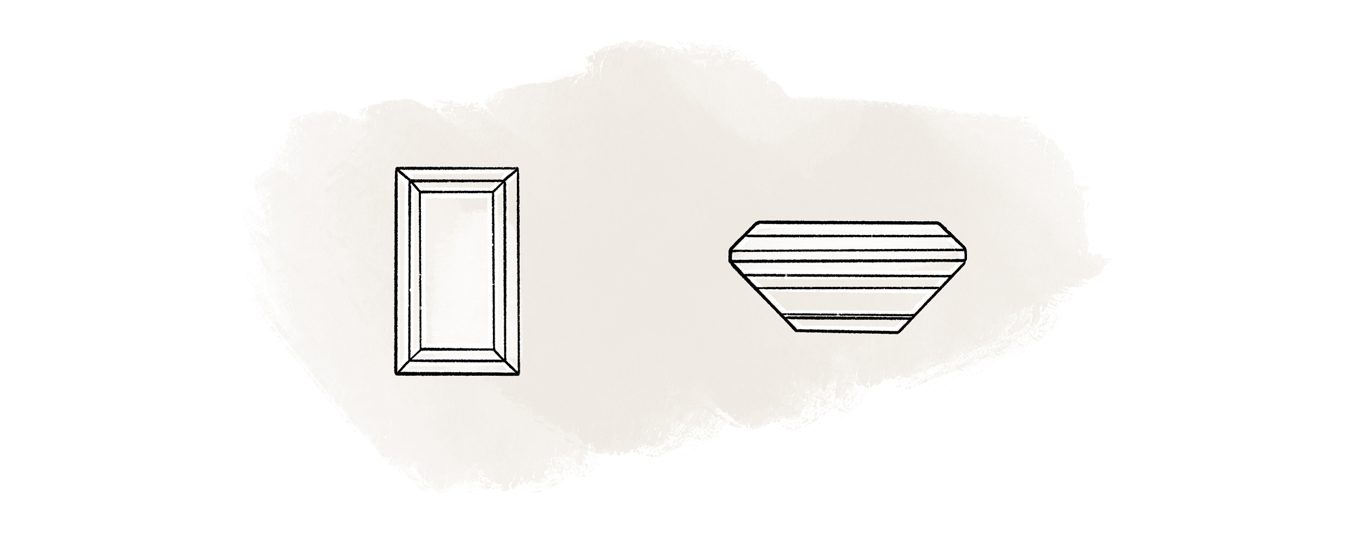
The Triangle (trillion)
The characteristics of the triangular shape are a very good lustre and the fact that any inclusions can be hidden very well in it. It developed from the brilliant cut in the second half of the 20th century and iIt is therefore a relatively new cut suitable for modern jewelry. Gems in this shape can be set as a solitaire or flank the main stone from the sides.
The kite
The shape known as a kite is a triangle in which two points have been beveled. It resembles the side view of a brilliant cut diamond. And it this resemblance to the shape of a brilliant cut that makes it so popular.
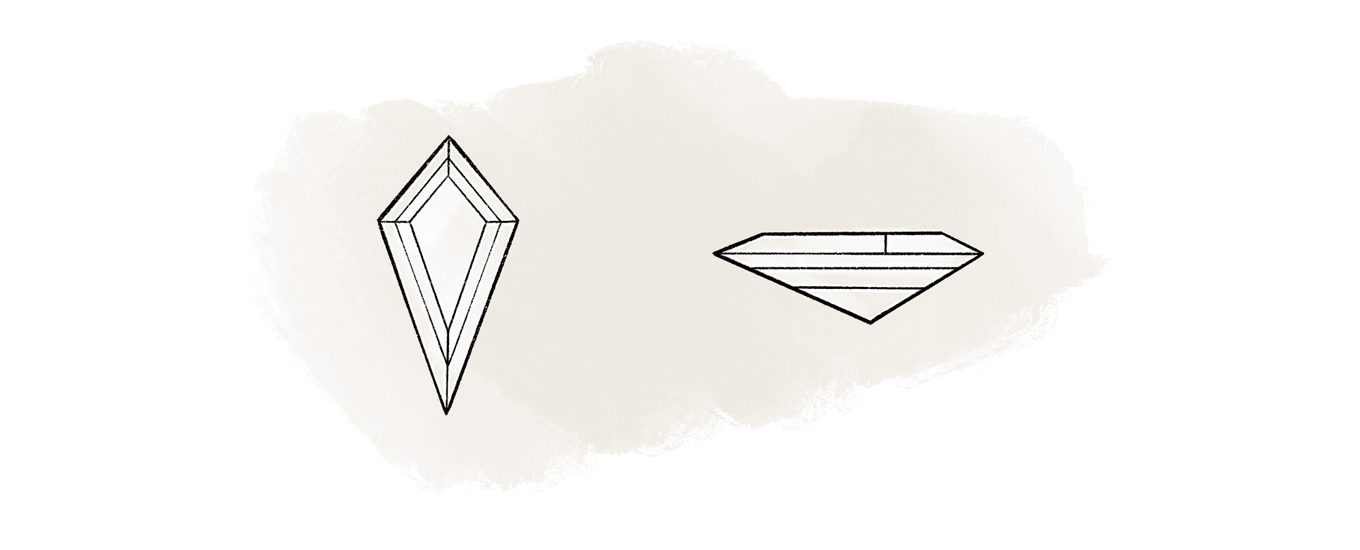
The shapes of stones in KLENOTA jewelry
We most often work with round brilliant cut diamonds which stand out particularly on engagement and wedding rings. When light penetrates a brilliant cut, the stone puts on an enchanting show. Read our article to find out what makes it so special.
We also work with less traditional shapes and gemstone cuts where optical quality, dimension, symmetry and a good setting into the jewelry to prevent the stone from falling out are all critical. All these influence the final impression of the jewelry, which must simply be perfect.
The oval shape with a brilliant cut diamond or the modern cushion and princess cuts in a square shape stand out on rings. Among the rectangular shapes, in our range you’ll find for example the emerald cut, which suits rings, earrings and pendants, or the unusual asscher and radiant cuts. Romantic souls will also be delighted by the heart shape cut which we most often hang on chains and earrings.
